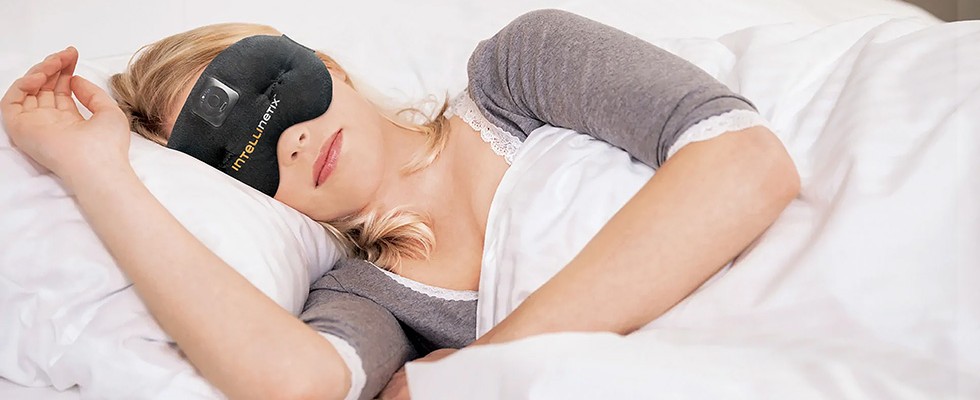
These days, active seniors, those with chronic pain and even weekend warriors are looking for new ways to manage pain and shorten recovery time—and home medical equipment (HME) providers have a number of options to present to customers. One is wearable vibration therapy (VT).
“There’s definitely some interest in it. I think we’re seeing a trend,” said Matt Garver, vice president of marketing at Brownmed. The company introduced the first wearable vibration therapy wrap in 2016 and has been working to develop the technology ever since. This month, the company plans to launch a new product that includes vibration therapy with the option of heat.
There are two main therapeutic aspects for vibration therapy, Garver said: rehabilitation and pain relief.
For rehab, the devices provide relief and stimulation similar to transcutaneous electrical nerve stimulation (TENS) devices. But with TENS, small electrical impulses are delivered into the body—which means it is not recommended for those who have pacemakers, are pregnant or have other risk factors. With VT, a gentle vibration stimulates the muscles, causing them to contract and relax—thus increasing blood flow and promoting healing. Some studies of VT, especially whole-body therapies, have also been shown to assist with bone growth and increasing bone density; in fact, early VT developed in part out of NASA’s efforts keep astronauts’ bones strong.
Garver said that VT can also help relieve pain through a mechanism that’s described by the gate control theory. The initial research into gate control dates back to the 1960s, when it was found that flooding the body’s nerve endings with non-painful—or even pleasurable—stimuli could basically block pain signals from being sent to the brain. In effect, experiencing something non-painful like a massage or vibration closes the “gate” and overrides or reduces the body’s pain signals.
“There’s only so much bandwidth that you have in your nerves, and if you distract them, the pain signals can’t get through the gate” Garver said. “In the case of vibration therapy, what’s registering in your brain is a gentle massaging sensation.”
Use in HME
When VT was first developed, it was designed as a whole-body therapy; whole-body VT is still used, usually in the form of a large plate that a user stands or lies on to receive the benefits, which can range from lymphatic drainage to weight loss, some claim. The full-body set-ups are bulky (picture a smaller-version of a stair-stepping machine you’d find in a gym) and can cost several thousand dollars.
Like TENS, whole-body vibration therapy can be hard for some people to handle, especially those with severe diabetes, pregnant women and people on blood thinners. Enter a wide range of products that focus vibrations in a specific part of the body, including: gloves; wraps for feet and ankles, knees and elbows, and different parts of the legs and back; and eye masks and bands designed for headache relief.
“We’ve found it to be very effective for headaches,” Garver said. He recounted hearing from a contact who reached out for samples after an executive at Walgreens appeared wearing the head band on a video call and told her team she wasn’t going to take it off until it was in all of their stores.
“That’s a pretty ringing endorsement,” Garver said. “We obviously sent a sample!”
Garver said there’s still a need to educate customers about vibration therapy, but the recent popularity of hand-held massage devices such as Theragun and Hyperice, especially among amateur athletes and weekend warriors, has made VT easier to sell.
“All the awareness that came from that has been beneficial to us,” Garver said. “They put a lot more validity in it because they see it in lots of other places, and they’re like ‘I’ve seen this before.’ So I think that education hurdle is sort of falling away.”
He also said that home medical equipment providers might find VT therapy products appeal both to older customers looking for chronic pain relief—from arthritis, for example—or to build bone density, or may draw a more active group of seniors looking to speed their recovery time from a rough pickleball match or an old
knee injury.
In fact, Garver said, some of it crosses the line from pain management to what’s sometimes called “performance health;” that is, using devices to help live your best life and overcome obstacles, whether that obstacle is chronic arthritis pain or a twinge of mild tennis elbow.
“It can help just improve your range of motion; it can help you recover better,” he said. “It’s both for warming up and then you can sit down and use it for recovery—I myself had some quad pain and I put it on my leg while I was sitting at my desk, because it’s totally portable and hands
free.”
